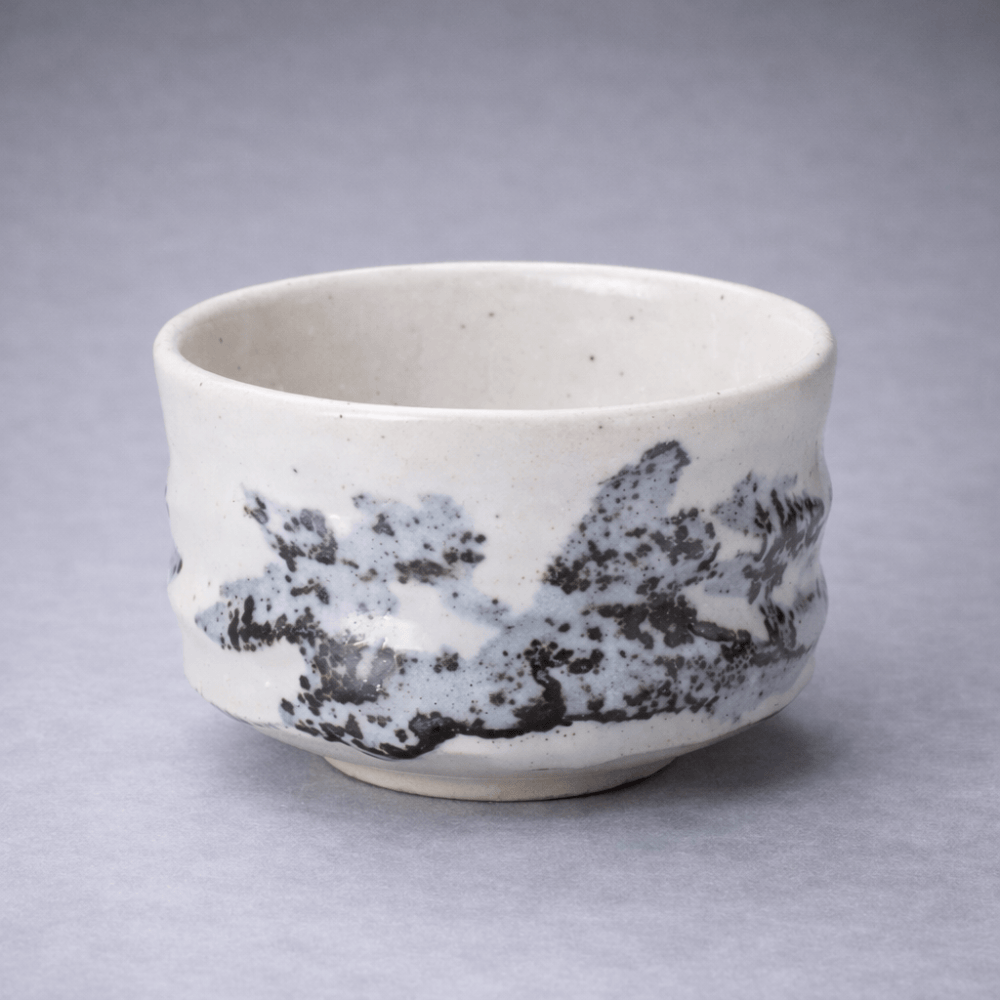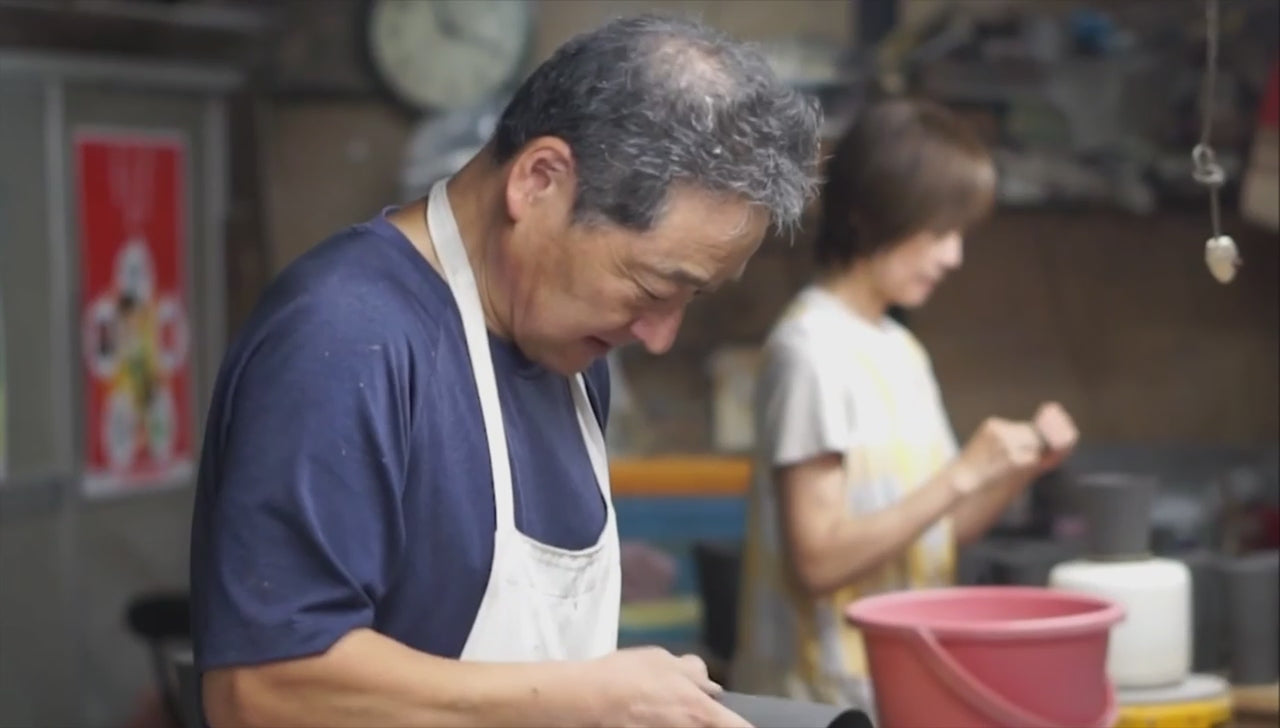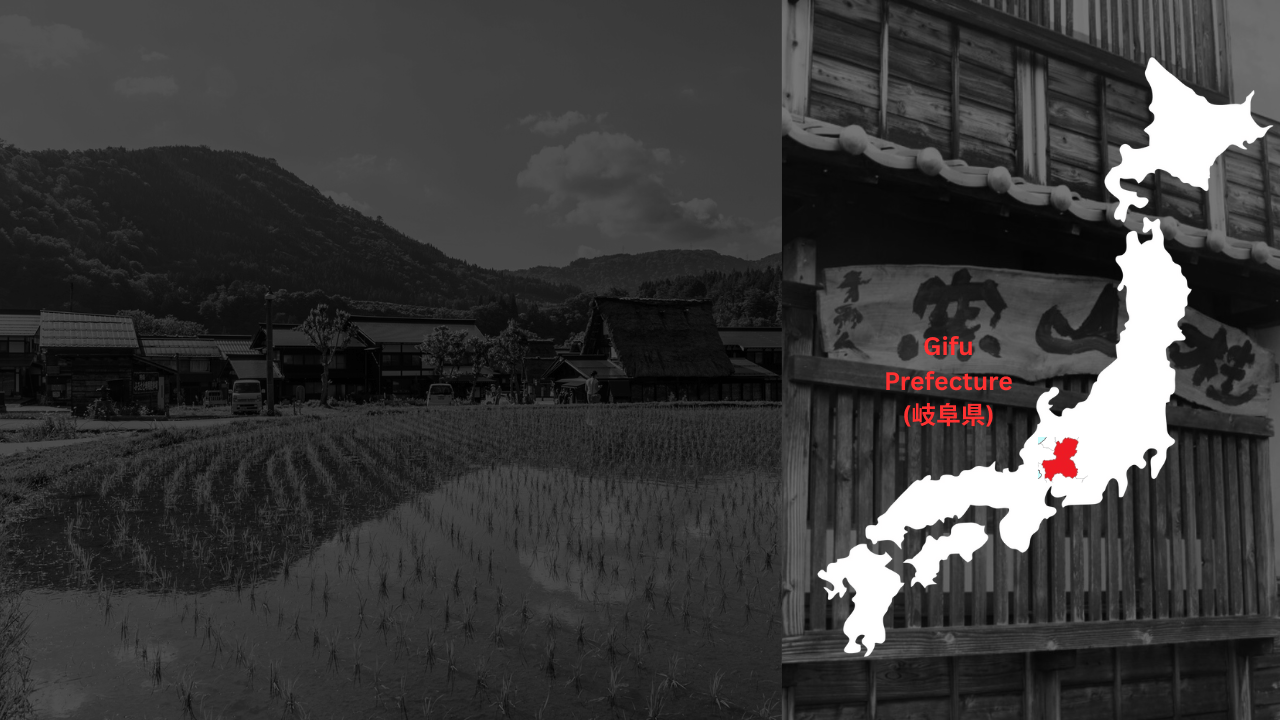


Shirashino Landscape Nodate Matcha Set
Fast & Secure Delivery from Japan to your Door [Shipping Policy]
Shop Safely with Encrypted Checkout and Verified Gateways.
Pairs well with

Shirashino Landscape Nodate Matcha Set
ranquility in Every Whisk – Shirashino Landscape Nodate Matcha Set for Mindful Moments
Elevate your tea moments—anywhere—with the Shirashino Landscape Nodate Matcha Set, a graceful union of artistry and tradition.
The set features a ceramic matcha bowl crafted in Japan and finished in a soothing Shirashino glaze, a white variant of Shino ware beloved for its subtle crackle and expressive brushwork. The bowl is hand-decorated with an abstract landscape reminiscent of distant mountain ridges, rendered in delicate washes of charcoal and blue-gray—like ink dispersed through fog. Every bowl is one of a kind, with natural glaze variation and quiet wabi-sabi charm.
Complementing the bowl is a compact bamboo chasen (whisk) specifically designed for nodate—the open-air tea ceremony. Though smaller than a standard whisk, it performs with precision, creating a smooth, airy froth whether you're in a garden, at a picnic, or simply enjoying tea at home.
Packaged in a sleek black gift box with gold foil calligraphy, this set makes a meaningful present for lovers of Japanese culture, ceramics, or slow living.
Whether you're practicing mindfulness or introducing someone to the elegance of matcha, this set invites calm through craftsmanship.
Product Information
Care instructions
Note

Mino Ware – A Legacy of Japanese Ceramic Art
Mino ware (Minoyaki) is one of Japan’s oldest and most revered ceramic traditions, with roots stretching back over 1,300 years. Originating in the mountainous region of Gifu Prefecture, this pottery is celebrated not only for its rich history but also for the extraordinary craftsmanship that defines each piece.
Skilled artisans shape every bowl, cup, and plate by hand, using locally sourced clay and time-honored techniques passed down through generations. The unique glazing styles—from subtle earth tones to vibrant colors—are carefully applied and fired to create intricate textures, crackle patterns, and finishes that make each item one of a kind.
More than just tableware, Mino ware represents a deep connection to nature, simplicity, and the wabi-sabi aesthetic. Each piece is a quiet expression of balance—between utility and beauty, old and new. Whether used daily or saved for special moments, Mino ware brings the spirit of Japanese craftsmanship to your home.
FAQs
All you need to know about Japanese Mino Ware.
What is Mino ware?
Mino ware, or Minoyaki (美濃焼), refers to a traditional style of Japanese ceramics that originated in Gifu Prefecture over 1,300 years ago. It is one of Japan’s most prominent ceramic traditions and is known for its variety of styles, earthy aesthetics, and artisanal craftsmanship. Today, Mino ware accounts for the largest share of ceramic tableware production in Japan.
How is Mino ware made?
Each piece of Mino ware is handcrafted by skilled artisans using locally sourced clay. The process involves shaping the clay by hand or wheel, applying unique glazes, and firing it in kilns at high temperatures. The techniques used—such as Oribe, Shino, and Setoguro glazes—have been perfected over centuries to create the textures, colors, and finishes that define Mino ware.
What makes Mino ware different from other Japanese ceramics?
Unlike many other regional ceramics that follow a uniform aesthetic, Mino ware is known for its diversity. It encompasses over 15 officially recognized styles, ranging from rustic and natural to vibrant and contemporary. This flexibility makes Mino ware both deeply traditional and highly adaptable for modern use.
Is Mino ware safe for everyday use?
Yes, authentic Mino ware is made from food-safe materials and is generally safe for everyday dining. Most Mino ware sold today is microwave and dishwasher compatible, but because of its handcrafted nature, gentle handwashing is often recommended to preserve the glaze and texture.
Why is Mino ware valued by collectors and designers?
Collectors and interior designers appreciate Mino ware for its authenticity, heritage, and aesthetic depth. Each piece embodies the Japanese philosophy of wabi-sabi—beauty in imperfection—and offers a unique tactile and visual experience. The handcrafted nature of Mino ware ensures no two pieces are exactly alike, making them functional works of art.


